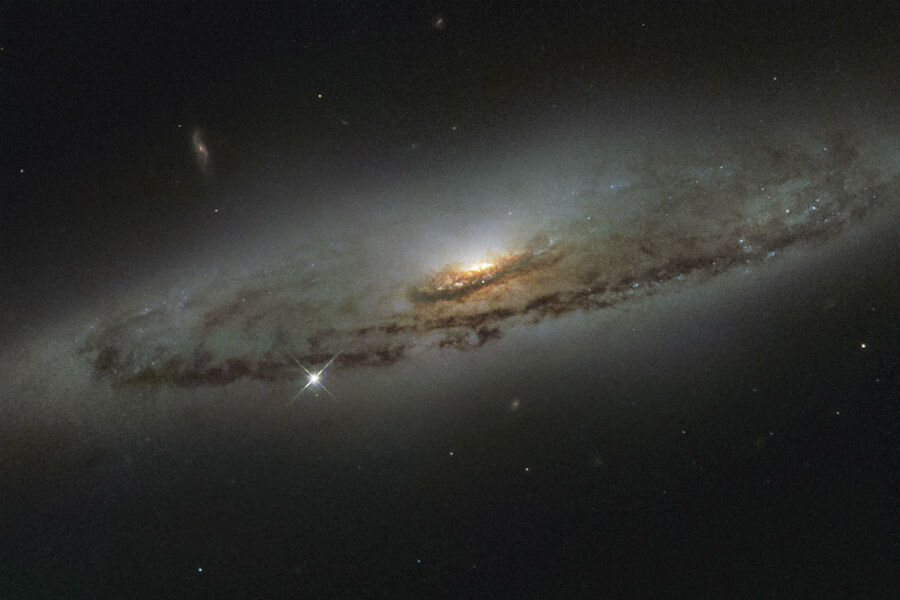What can we learn from our galaxy's second-biggest black hole?
Loading...
A team of Japanese astronomers discovered what they believe to be the second largest black hole in our galaxy, and what could be the answer to an interstellar mystery.
Detected by the Nobeyama 45-meter Radio Telescope, which is managed by the National Astronomical Observatory of Japan (NAOJ), the researchers say their discovery may help answer the question of how supermassive black holes grow at the center of most large galaxies.
As far as astronomers know, there are two kinds of black holes. There are stellar-mass black holes, which take shape when large stars release huge explosions when their nuclear fuel runs out, known as supernovas. The other kind are called supermassive black holes, which, as their name suggests, are huge. These black holes are often detected at the center of galaxies, including our galaxy, the Milky Way, which has at its center the Sagittarius A* (Sgr. A*) black hole, about 400 million times the mass of our sun.
The theory is that black holes start out relatively small, and grow in mass as matter gets pulled in, and mergers with other black holes occur. But astronomers have just observed small stellar-mass black holes and supermassive black holes, but nothing in between. So, astronomers wonder, where is the Goldilocks happy medium?
Some 200 lightyears away from Sgr. A*, lead researcher Tomoharu Oka of Keio University in Japan and his team say that a radio telescope picked up action that appears to be the elusive intermediate-mass black hole.
In a paper in the current issue of Astrophysical Journal the radio astronomers describe how they observed a whirling gas cloud called CO-0.40-0.22 caught in an unusual gravitational storm that was pulling matter in different directions and at different speeds. By modeling their observations on computers, the research team concluded that it is a black hole that is the “eye” of the space storm, and that "it must be massive," Discovery News reports. At 100,000 times the size of the Sun, it is in the elusive intermediate-mass category, and second in mass in our galaxy only to its neighbor, Sgr. A*.
Using a radio telescope to detect such storms not only opens up a potentially new method of finding such intermediate-mass black holes, it marks the first such observation of its kind.
“Considering the fact that no compact objects are seen in X-ray or infrared observations, as far as we know, the best candidate for the compact massive object is a black hole,” said Dr. Oka.
Still, researchers are left to wonder if intermediate-mass black are exceptionally difficult to find, or instead, very rare. If the first, then better detection methods, such as more powerful radio telescopes, may fill in some questions about the evolution of our galaxy by finding numerous new black holes. But if this type of black hole is just rare, then current models of astrophysics will need to be rethought.
According to Discovery News, some theories of evolution estimate the Milky Way may contain 100 million black holes, even though X-ray surveys have found only a fraction of this number. But the location of CO-0.40-0.22 is promising for the prevailing wisdom. If it is true that black holes grow and evolve by merging with other black holes, then its proximity at 200 light-years from Sgr. A* means it is only a matter of time before it goes supermassive by joining its neighbor.








